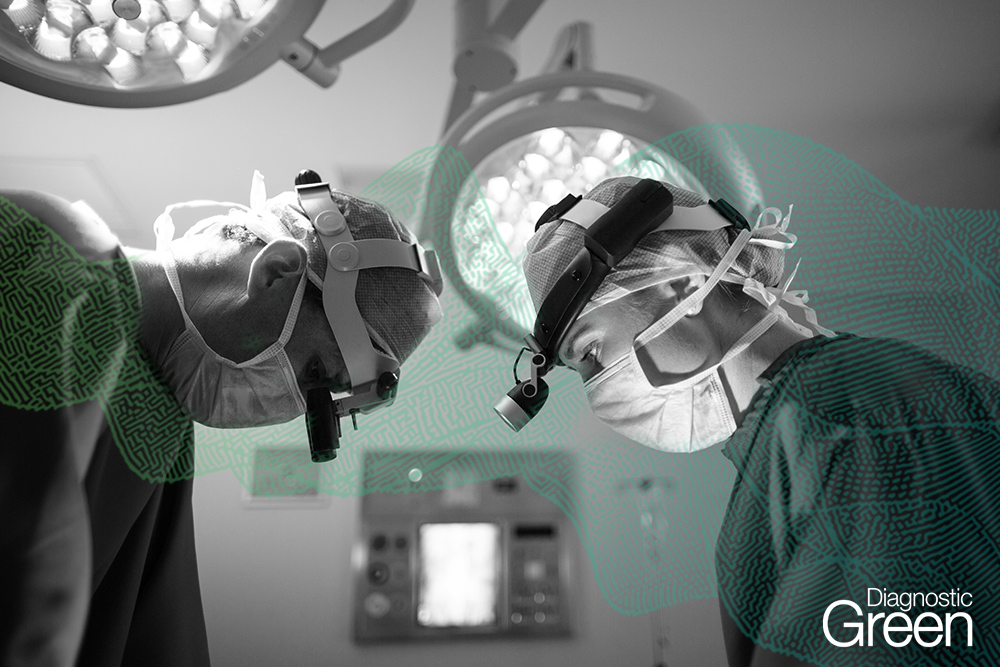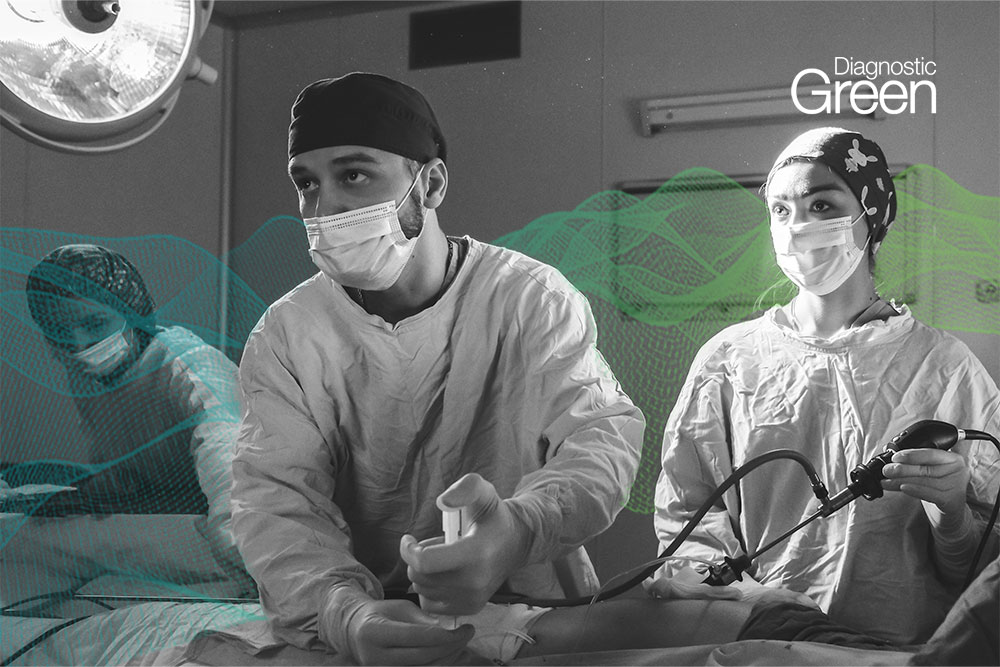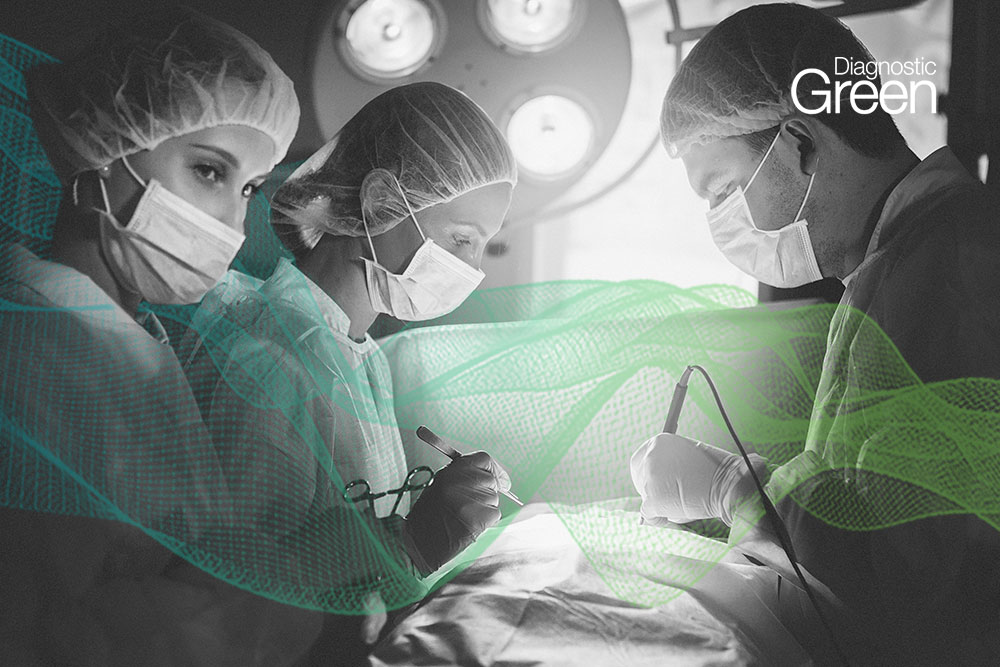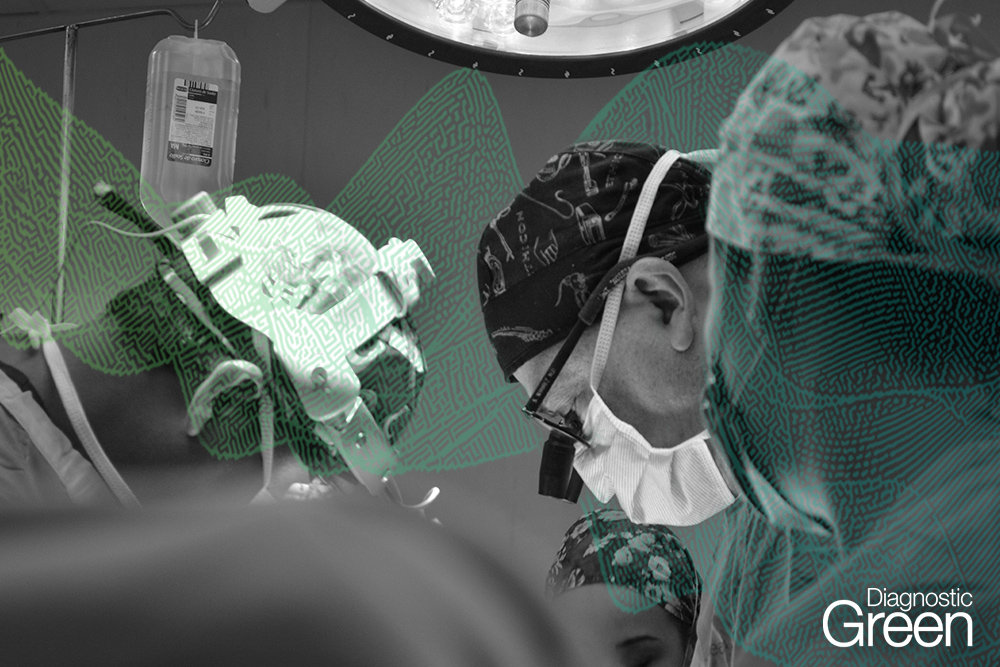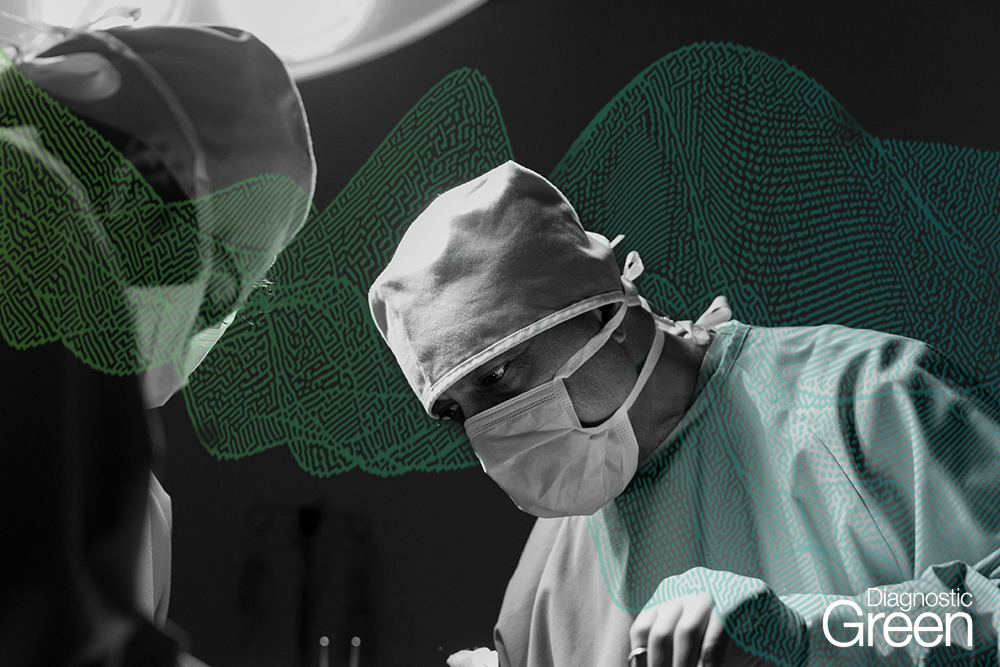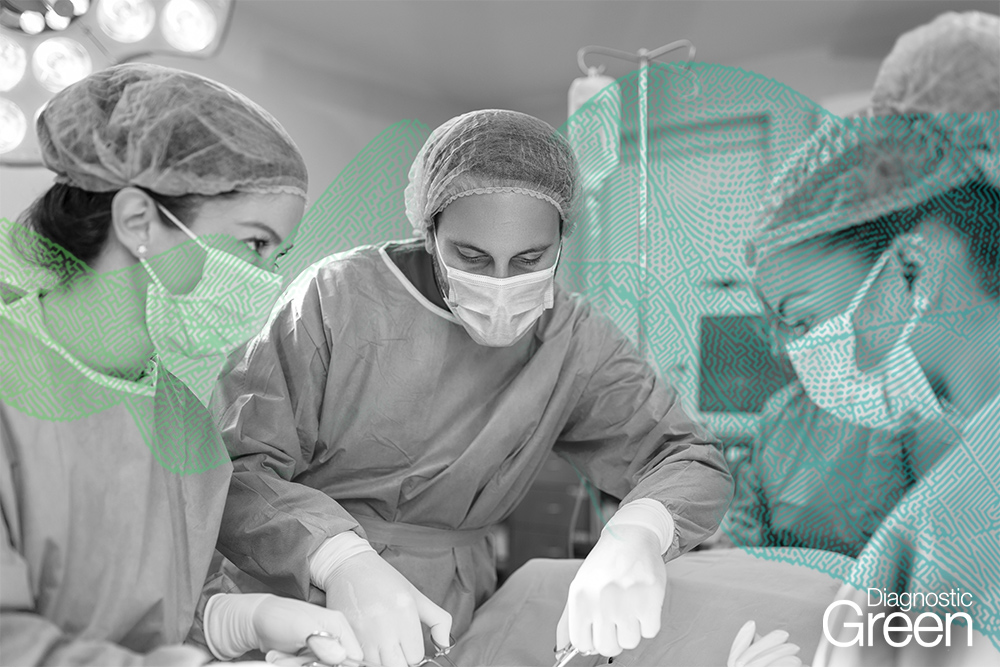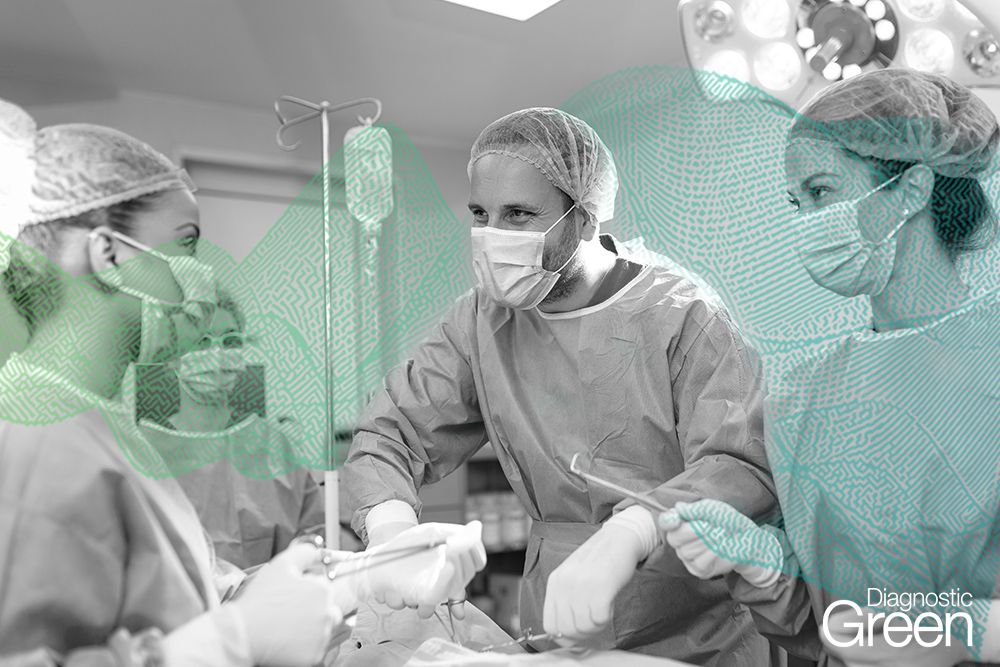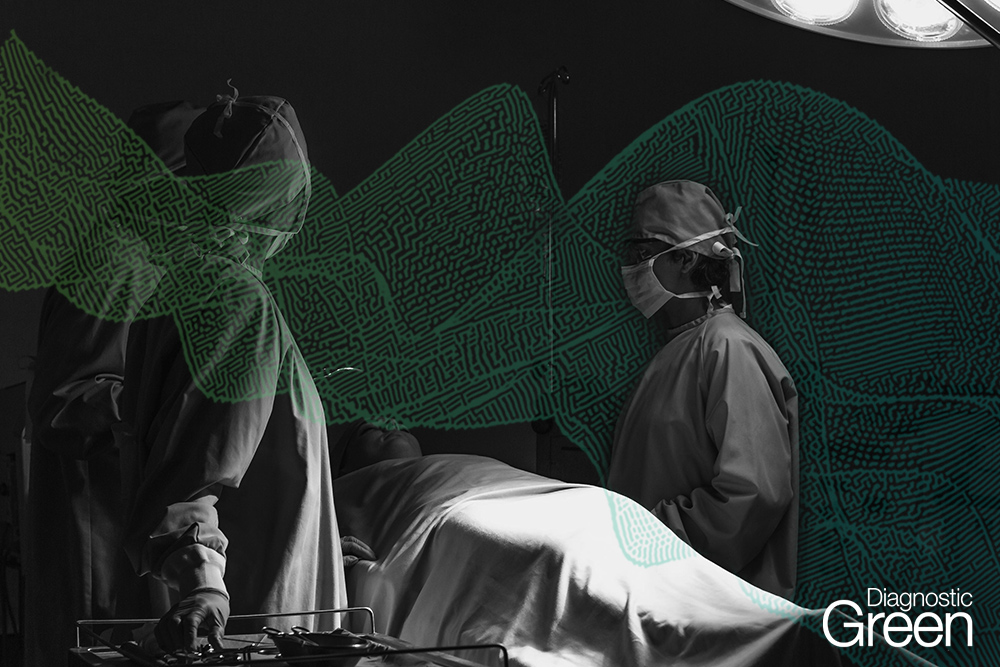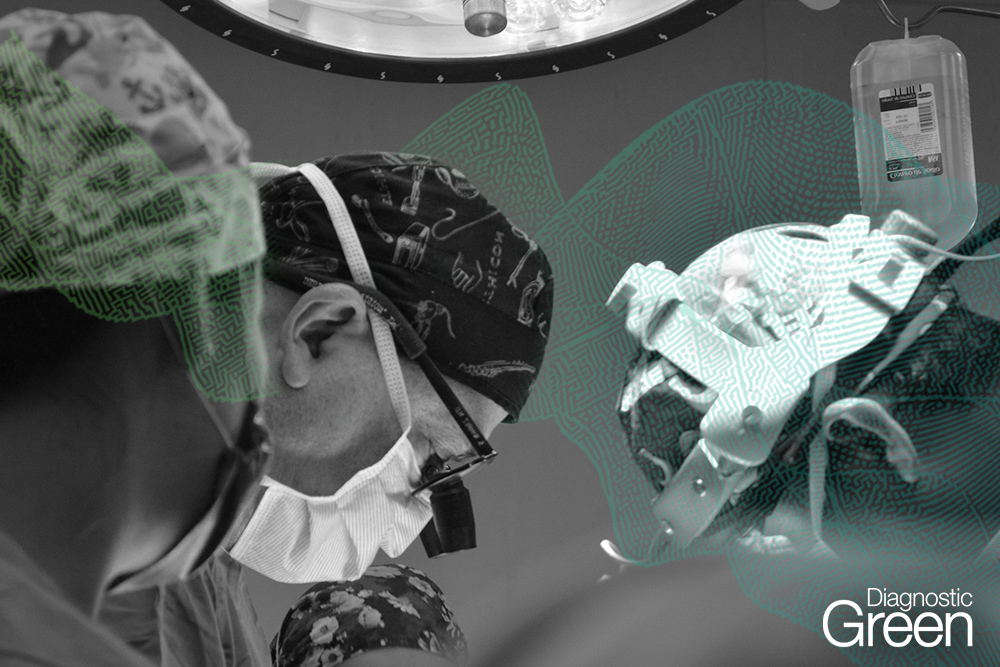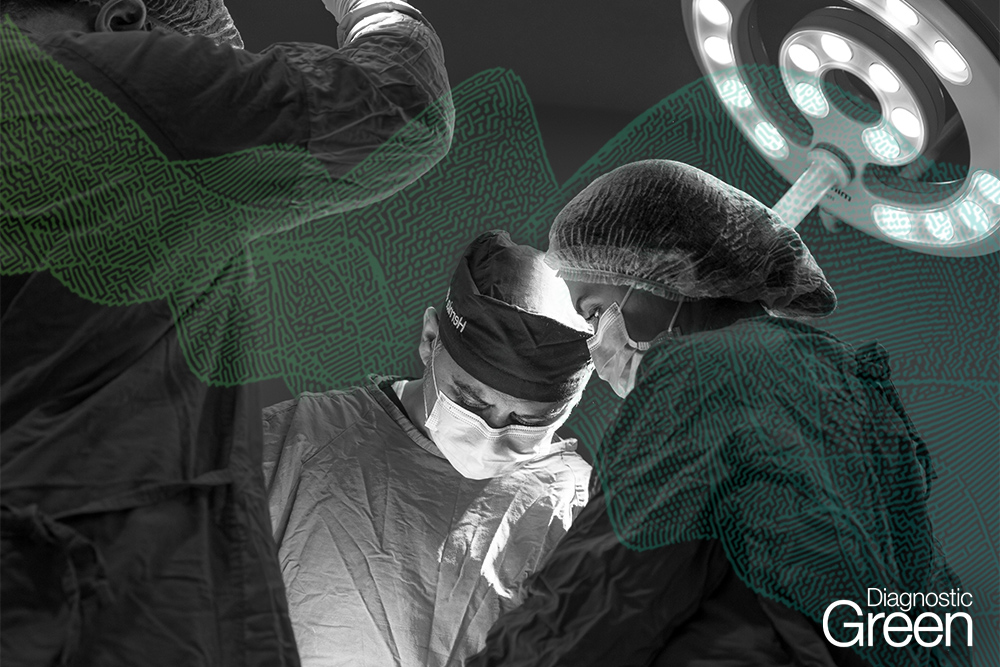A meta-analysis of 11 studies (1,339 patients) suggests ICG-guided ureter resection significantly reduces uretero-intestinal stenosis rates in radical cystectomy.
Continue readingEarly Experience With Indocyanine Green (ICG) Fluorescent Guided Transoral Robotic Surgery With the Da Vinci SP
ICG fluorescence with Da Vinci SP aids in identifying unknown primary tumors, improving detection rates in transoral robotic surgery with minimal risk.
Continue readingIndocyanine green fluorescence navigation with 4K overlay vs. conventional laparoscopic liver resection: a propensity score-matched analysis (liver-light study)
ICG 4K fluorescence in liver surgery shortens operation time, reduces blood loss, and improves oncological outcomes compared to conventional laparoscopy.
Continue readingLiver function estimation using multiphase hepatic CT: diagnostic performance of iodine-uptake and volumetric parameters
Multiphase CT with iodine washout rate & volumetry predicts liver dysfunction, aiding surgical planning and treatment strategies.
Continue readingReal-Time Navigation in Liver Surgery Through Indocyanine Green Fluorescence: An Updated Analysis of Worldwide Protocols and Applications
ICG fluorescence enhances liver surgery by aiding tumor detection, segmentation, and bile leak visualization. Standardized protocols can improve surgical outcomes.
Continue readingUse of laser-assisted indocyanine green angiography to optimize supraclavicular flap perfusion
Study shows laser-assisted ICG angiography improves SCF perfusion assessment, reducing complications and optimizing outcomes in reconstructive surgery.
Continue readingPedicled Latissimus Dorsi Flap Vascularized by a Lumbar Artery Perforator for the Reconstruction of an Exposed Lumbar Spinal Fixation Device: A Case Report
Case report on using a lumbar artery-perforator latissimus dorsi flap for exposed spinal fixation, with ICG angiography confirming perfusion success.
Continue readingImpact of Lymphedema Duration on Lymphatic Vessel Quality and Outcomes After Supermicrosurgical Lymphaticovenous Anastomosis
Study finds prolonged lymphedema duration does not impact lymphatic vessel quality or LVA outcomes, supporting LVA as a treatment for advanced cases.
Continue readingThe role of indocyanine green in fluorescence-guided pancreatic surgery: a comprehensive review
Explore how ICG enhances visualization, improves surgical precision, and reduces complications in pancreatic surgery. Read the latest insights.
Continue readingThe Medical Basis for the Photoluminescence of Indocyanine Green
Discover the science behind ICG fluorescence and its role in imaging, surgery, and emerging therapies like photothermal cancer treatment.
Continue reading
